Generational wealth isn’t built overnight; it’s crafted through deliberate investments, patient strategies, and assets that hold value across decades. In Canada, the opportunities to create such lasting prosperity stretch beyond traditional stocks and bonds. Here are 23 Canadian assets that are quietly building generational wealth.
Prime Urban Real Estate in Toronto and Vancouver
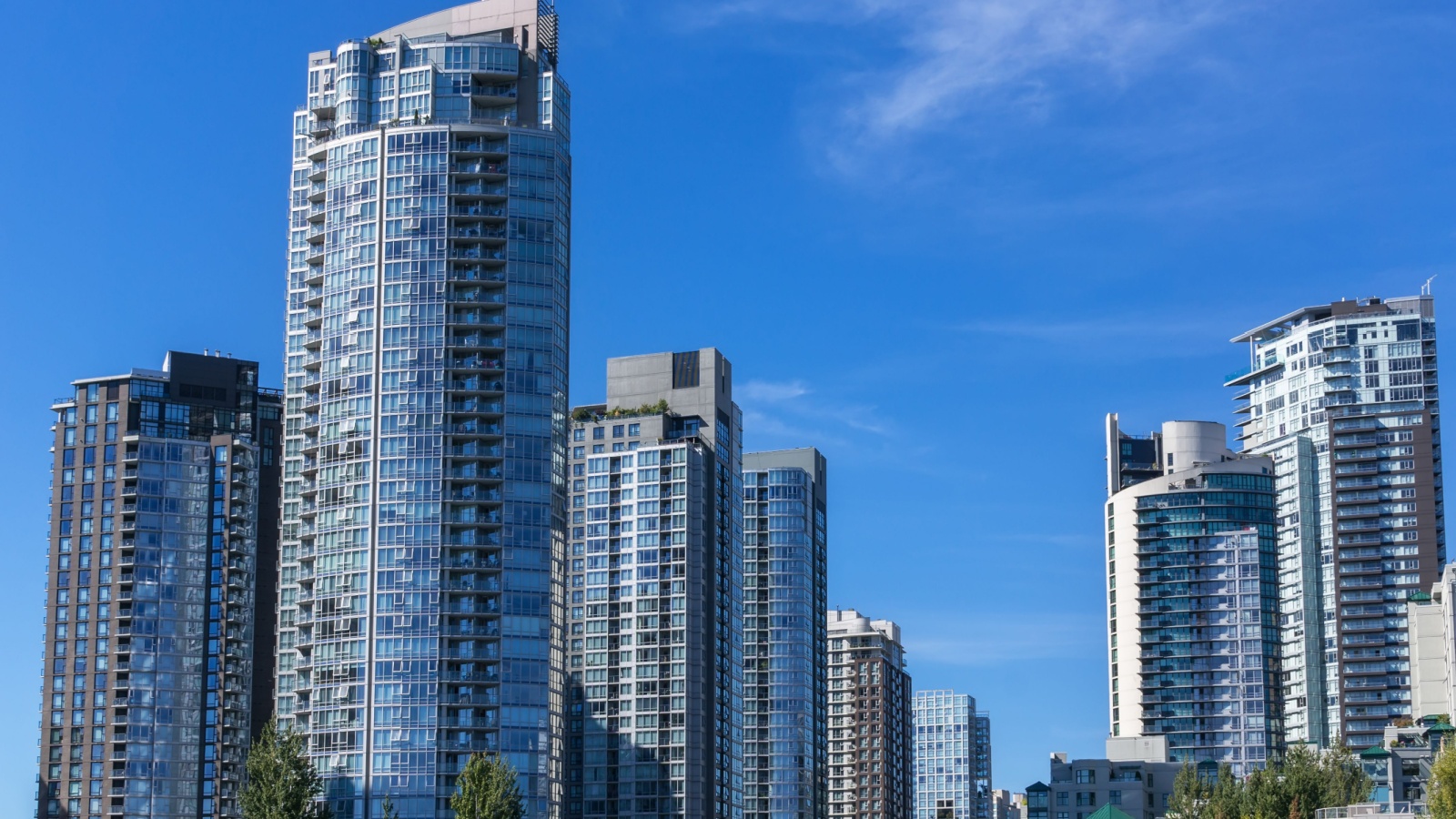
Urban cores like Toronto and Vancouver consistently attract both domestic and international interest, keeping property values high despite market fluctuations. Limited land availability, combined with ongoing immigration, sustains long-term demand. While entry prices are steep, rental yields in well-located buildings often grow faster than inflation, generating steady cash flow. Over decades, these properties can be refinanced or leveraged to acquire additional investments, expanding portfolios. Zoning changes and infrastructure upgrades also tend to boost value. Plus, investors who hold these assets for 20–30 years often find themselves with properties worth multiples of their purchase price, creating substantial wealth that can be passed down.
Farmland in Saskatchewan and Manitoba

Agricultural land in these provinces is among the most productive in the country and has steadily appreciated over the last 50 years. Global demand for food ensures consistent utility, while technological advances in farming increase yield without proportional increases in costs. Farmland also offers unique tax benefits, including capital gains exemptions upon transfer to heirs, making it ideal for long-term family wealth. Renting land to operators provides passive income without day-to-day management. And, limited supply and strong export markets for grains and oilseeds mean this asset has both stability and upside potential for multi-generational growth.
Water Rights and Freshwater Access

Freshwater is becoming one of the most valuable resources globally, and Canada holds nearly 20% of the world’s supply. In regions like British Columbia and Quebec, ownership of land with secure water rights or lakeshore access can appreciate far beyond typical real estate rates. Beyond direct use, properties with water resources can be leveraged for hydroelectric projects, aquaculture, or commercial bottling partnerships. With climate pressures making water scarcity more common, these holdings are positioned to become even more valuable over time. Such assets can remain in families for generations, providing both practical utility and appreciating financial worth.
Timberland and Managed Forests
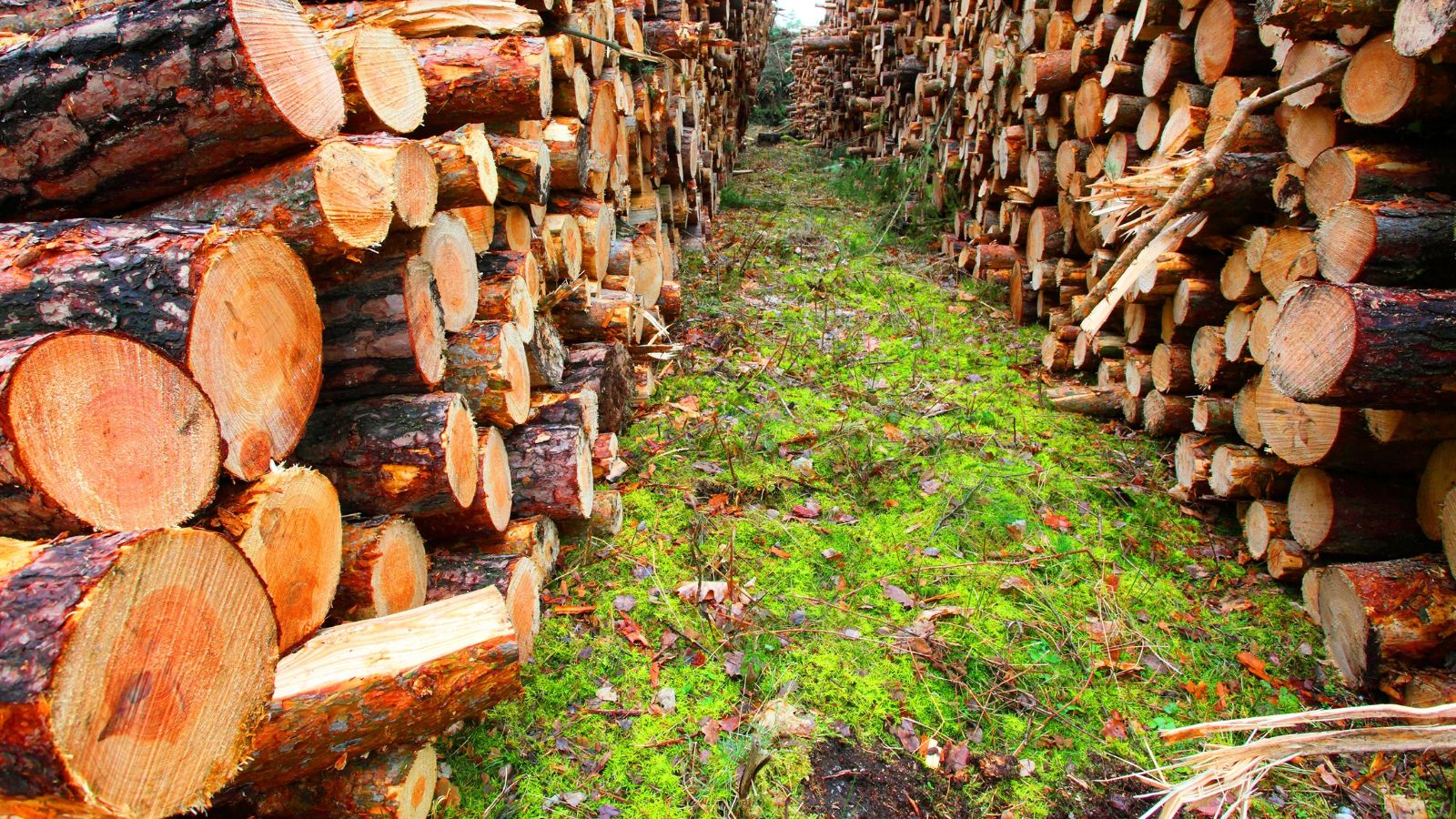
Forestry assets in provinces like British Columbia, Ontario, and New Brunswick combine environmental stability with long-term profitability. Timber prices follow housing and infrastructure demand, while sustainable harvesting practices allow forests to regenerate for future income cycles. Managed forestland also qualifies for certain environmental and tax incentives. Ownership offers diversification away from volatile equities while maintaining tangible, appreciating value. Demand for sustainable building materials, carbon credits, and even eco-tourism adds further monetization options. Multi-generational owners benefit from both ongoing timber revenue and the rising land value as forest scarcity increases worldwide.
Mining Royalties in Quebec and Ontario

Instead of directly operating mines, owning royalty rights to mineral-rich land provides steady income without operational risks. Precious metals like gold and nickel have maintained their value for centuries, while demand for lithium, cobalt, and other critical minerals is increasing due to electric vehicle production. Mining royalties deliver income tied to production levels, often with built-in inflation protection. Quebec and Ontario host some of the world’s most stable mining jurisdictions, reducing political risk. Plus, the rights can be passed down for generations, maintaining wealth while shielding owners from many of the costs and liabilities of active mining.
Commercial Property in Growing Mid-Sized Cities
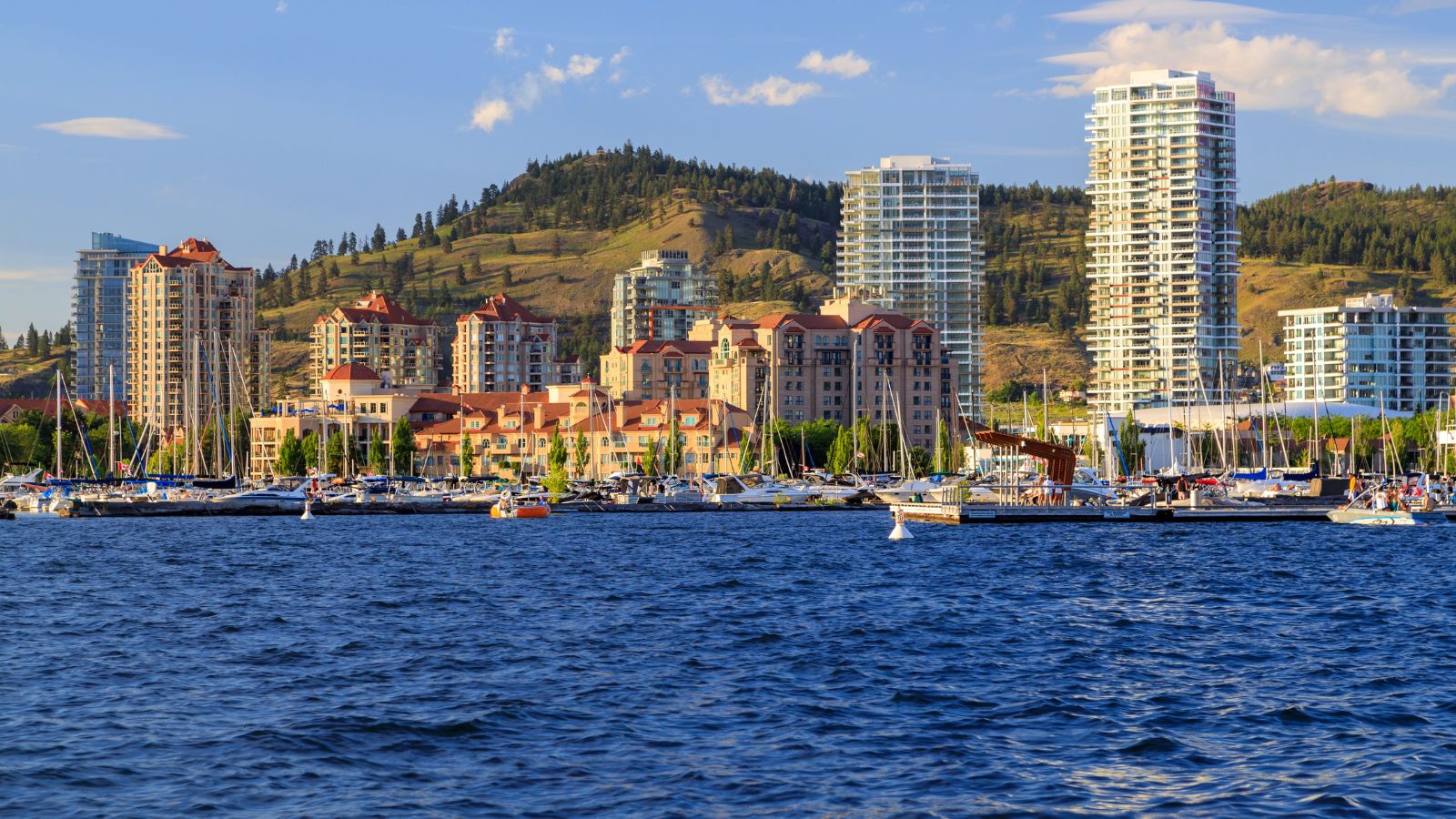
Places like Kelowna, Halifax, and London, Ontario, have seen significant growth driven by affordability, migration, and infrastructure projects. Commercial assets, office buildings, retail plazas, or industrial parks, offer stable tenant contracts and often lower acquisition costs than major cities. Long-term leases with creditworthy tenants can provide reliable income streams, while property appreciation follows local economic expansion. These cities’ lower volatility and higher yield potential make them attractive for investors aiming to diversify beyond expensive metropolitan markets. Holding such assets for decades can turn modest investments into substantial family wealth.
Renewable Energy Projects in Alberta and Nova Scotia
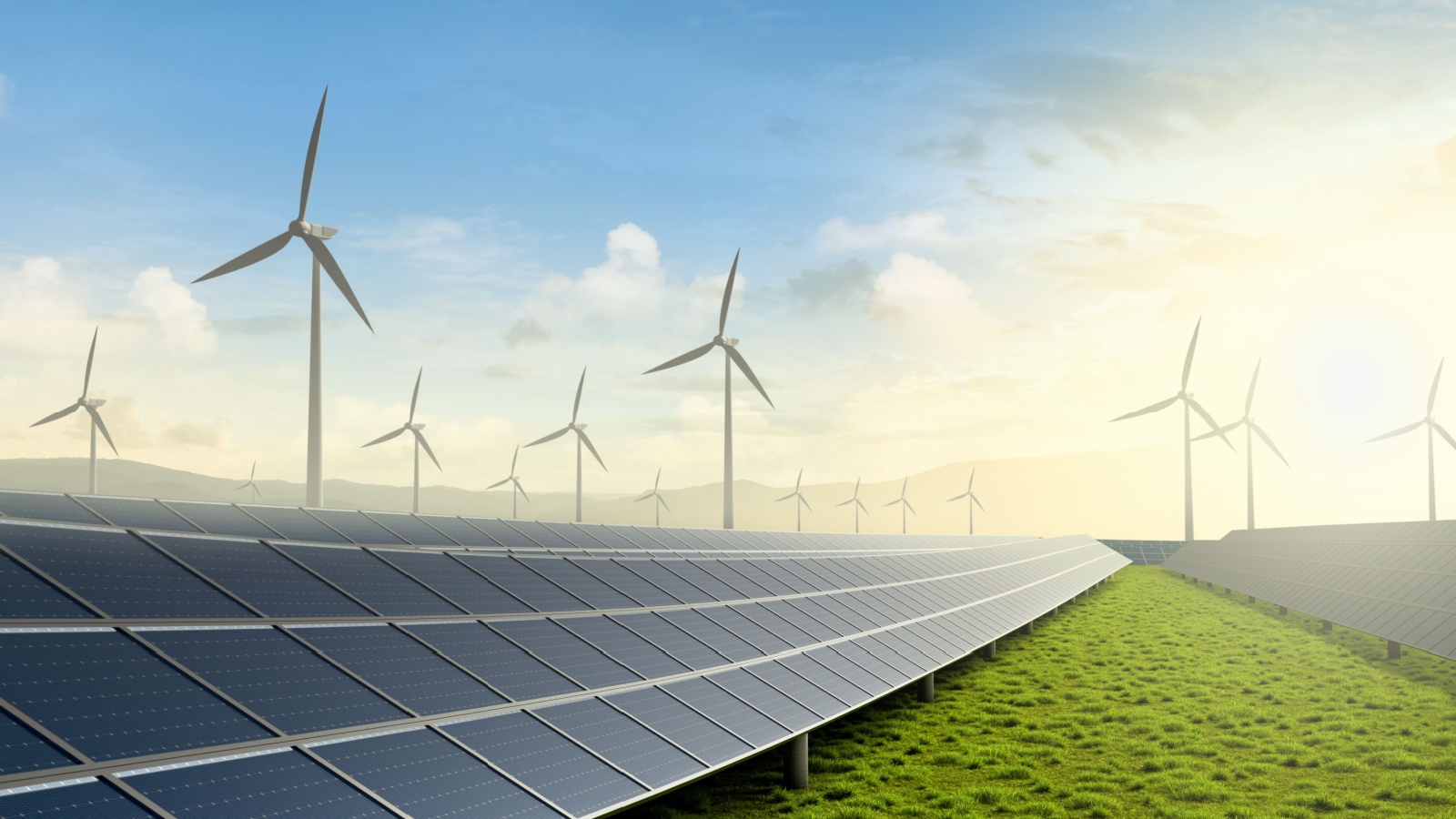
Wind farms, solar installations, and tidal energy projects are increasingly valuable as Canada transitions toward sustainable energy. Ownership stakes in these projects generate steady returns through power purchase agreements, often locked in for 20+ years. Provinces like Alberta and Nova Scotia are expanding renewable capacity due to favorable geography and government incentives. Early investment positions families to benefit from the inevitable rise in clean energy demand. These assets provide long-term income, hedge against energy market volatility, and often qualify for green investment tax credits that further enhance profitability.
Blue-Chip Canadian Stocks with Dividend Growth
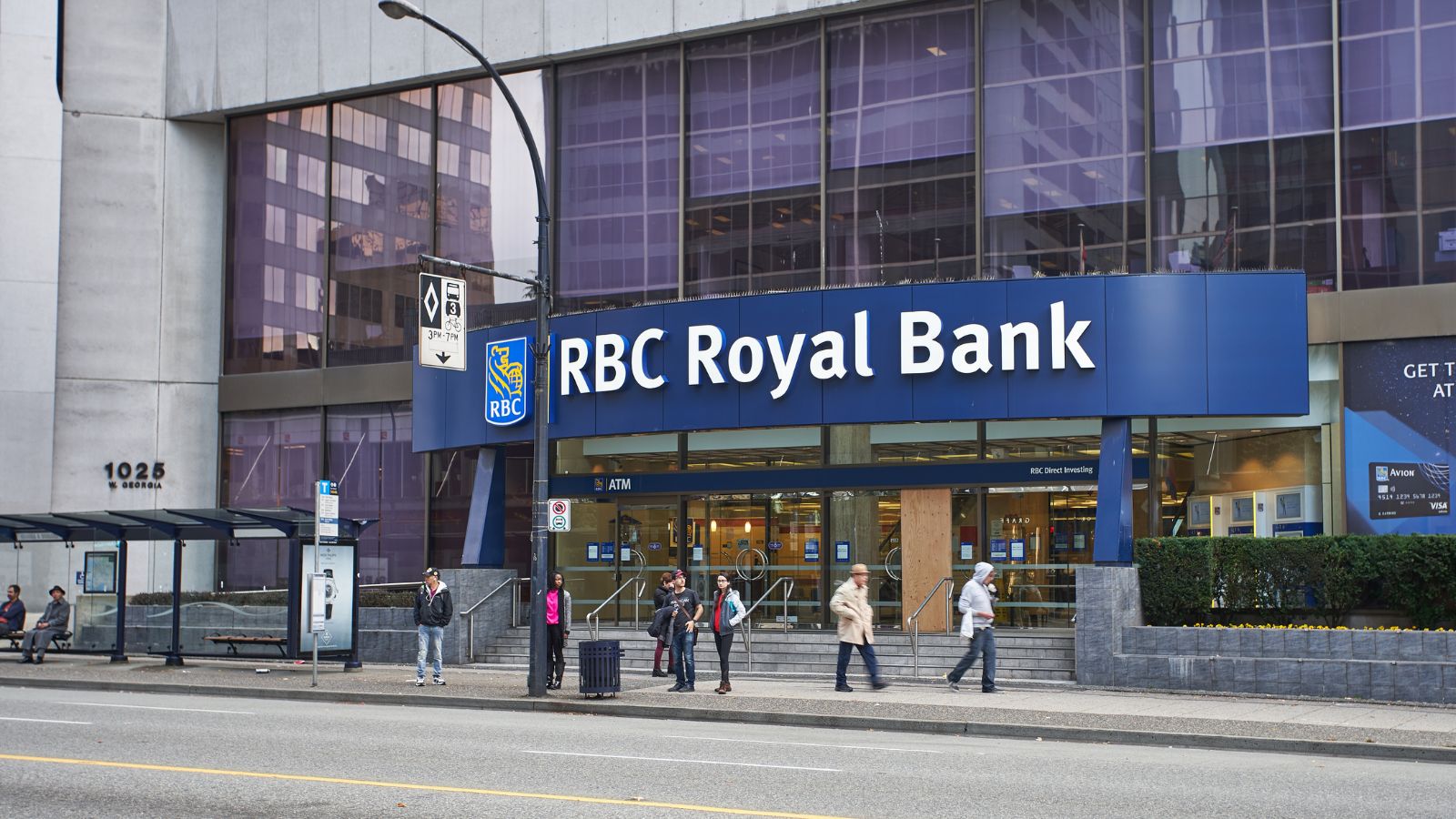
Long-term holdings in companies like Royal Bank of Canada, Enbridge, and Canadian National Railway have consistently outperformed inflation while paying rising dividends. Reinvested dividends compound wealth over decades, and these corporations have proven resilience in economic downturns. Unlike speculative equities, blue-chip stocks offer a balance of income and appreciation, making them a core asset for generational portfolios. Their global reach and diversified operations help ensure stability, while Canadian regulatory environments keep risks lower compared to some foreign markets. Families can pass these holdings along, benefiting from a growing stream of dividend income.
Fishing Quotas and Licenses
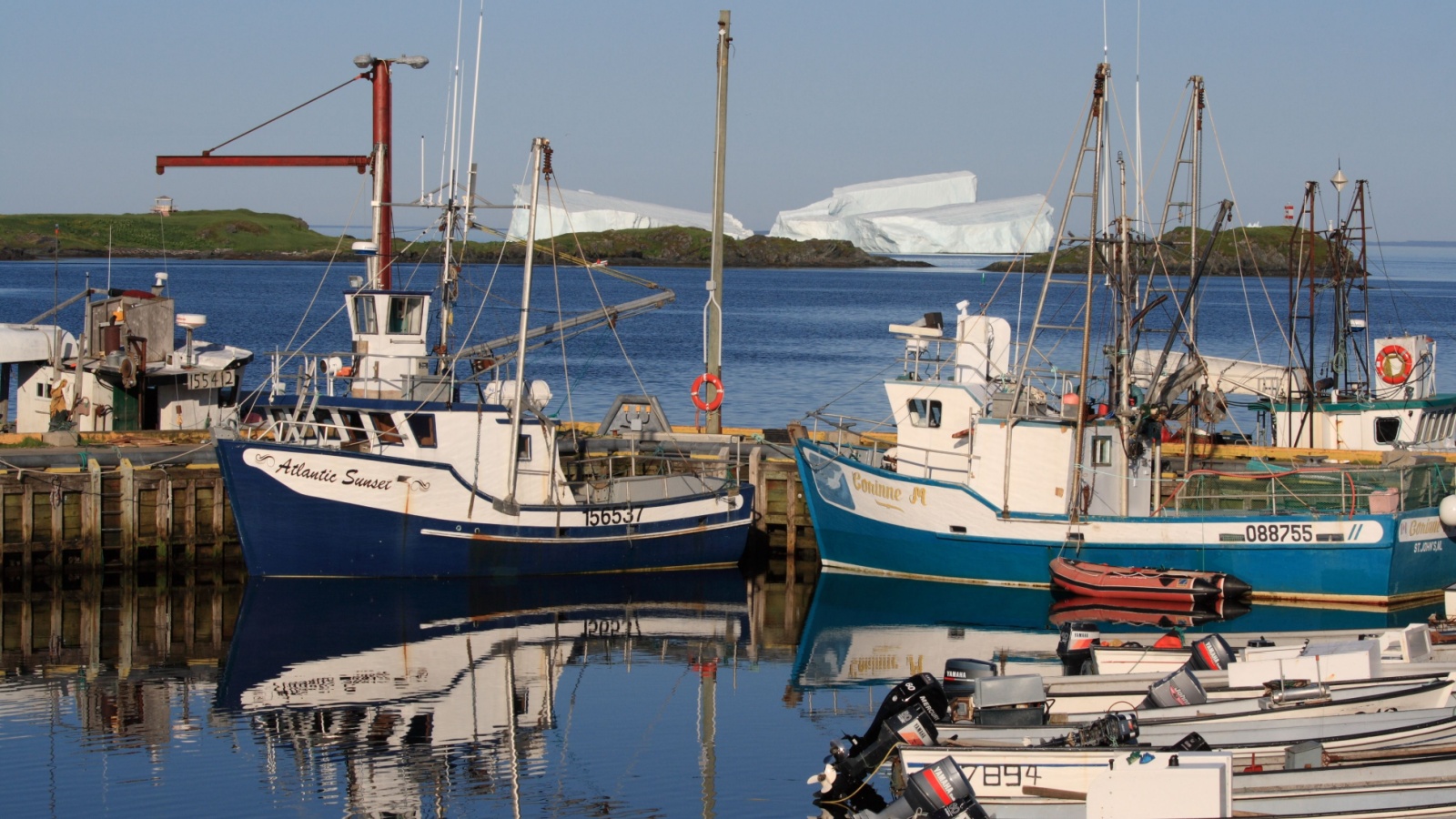
In Atlantic Canada, licensed access to commercial fishing grounds, especially for lobster and scallops, has surged in value. These licenses are tightly regulated, ensuring scarcity. With sustainable fishing practices and rising global seafood demand, quotas remain highly profitable. Owners can lease their licenses to active fishers, creating passive income while retaining the appreciating asset. This niche investment is deeply tied to local economies but has proven its resilience over decades. Also, transferring such licenses within a family can secure both income and a valuable, inflation-resistant asset for generations.
Private Equity in Canadian Startups

Backing early-stage companies in sectors like clean tech, AI, and biotech offers higher risk but potentially outsized returns. Canadian startup ecosystems in cities like Toronto, Montreal, and Vancouver are producing globally competitive firms. Early investors can secure equity that multiplies in value if the company scales or is acquired. Beyond financial gain, equity stakes can also lead to board positions or influence over company direction. For families with capital to allocate, spreading investments across several startups can reduce risk while maintaining the potential for significant generational wealth creation.
Agricultural Processing Facilities

Ownership of facilities like grain mills, dairy processing plants, or canneries offers a unique way to benefit from Canada’s agricultural strength without farming directly. These assets generate income through processing fees and supply contracts, often with long-term stability due to high switching costs for farmers. Demand for locally processed goods is rising, and technological upgrades can further improve efficiency. These businesses, when well-managed, can be passed down for generations, producing consistent cash flow and appreciating as demand for value-added agriculture grows.
Vacation Rentals in Year-Round Destinations
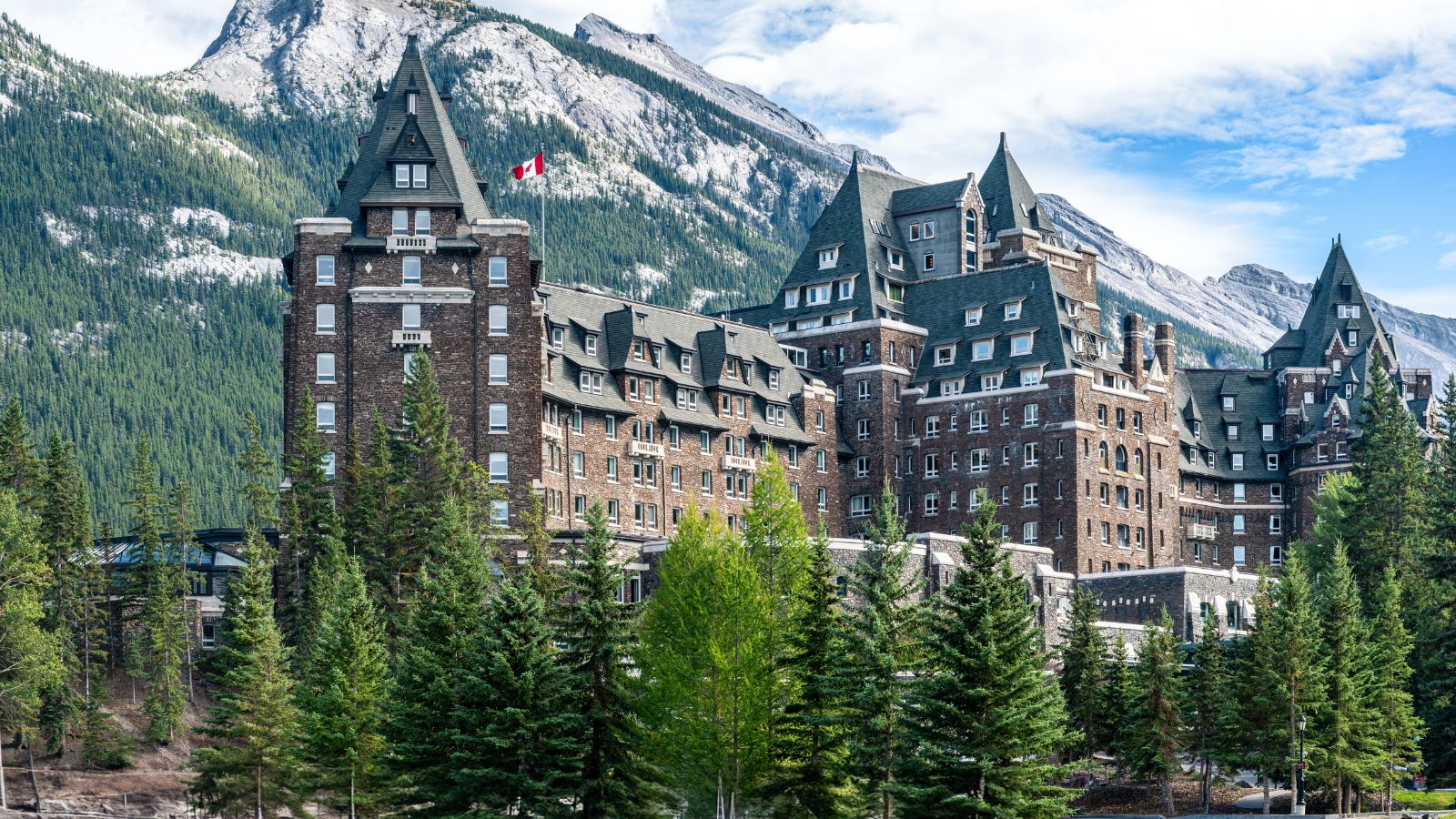
Properties in Banff, Whistler, or Prince Edward Island attract visitors year-round, from winter skiers to summer hikers. Short-term rental platforms make management more efficient and profitable. With proper licensing and quality upkeep, these rentals deliver both income and property appreciation. Tourism resilience in these areas ensures consistent demand, and owning such real estate allows for personal family use as well. Over decades, the combination of rental revenue, tax deductions, and market appreciation can make vacation rentals a cornerstone of multi-generational wealth.
Industrial Warehousing in Transportation Hubs

Industrial warehousing near Canada’s major transportation hubs has become a critical part of the supply chain, especially with e-commerce surging. Facilities close to ports, rail lines, and highways enjoy high occupancy rates and long-term leases with logistics companies. Maintenance costs are comparatively low, and land scarcity in these areas drives consistent appreciation. And, as online retail, global trade, and manufacturing demand continue to grow, well-located warehouses offer both steady rental income and long-term value growth for multi-generational investors.
Indigenous Land Development Partnerships
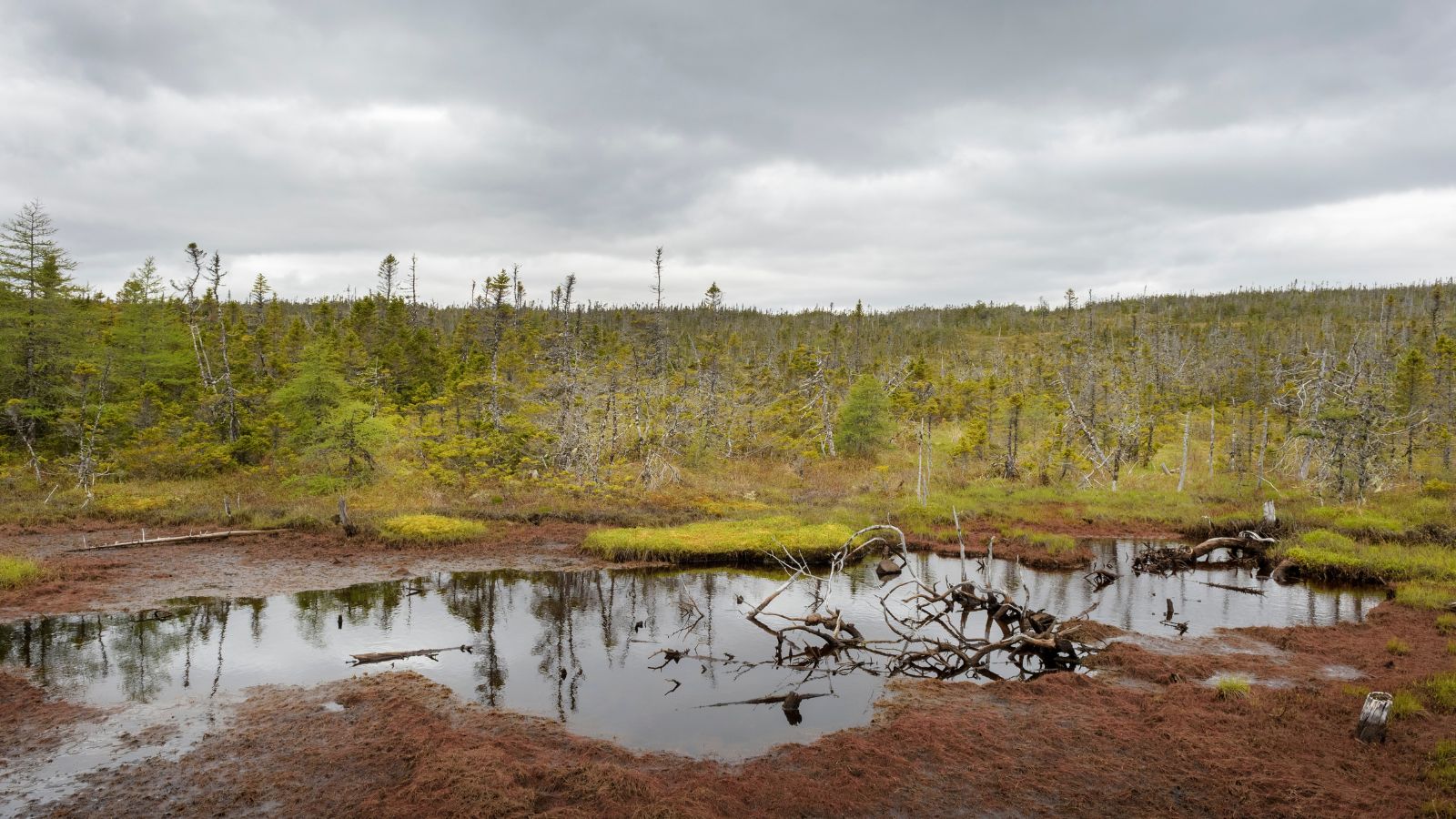
Collaborations with Indigenous communities on land development create both sustainable and financially rewarding opportunities. These partnerships often unlock unique locations for eco-tourism resorts, renewable energy projects, or cultural attractions. Revenue-sharing agreements ensure that benefits are distributed equitably, while long-term stewardship maintains the asset’s viability. Investors gain access to valuable land with reduced competition, and the projects often qualify for government funding or incentives. Over decades, these ventures can produce recurring income, cultural impact, and steadily appreciating real estate assets for family wealth preservation.
Luxury Boutique Hotels in Growing Tourism Regions
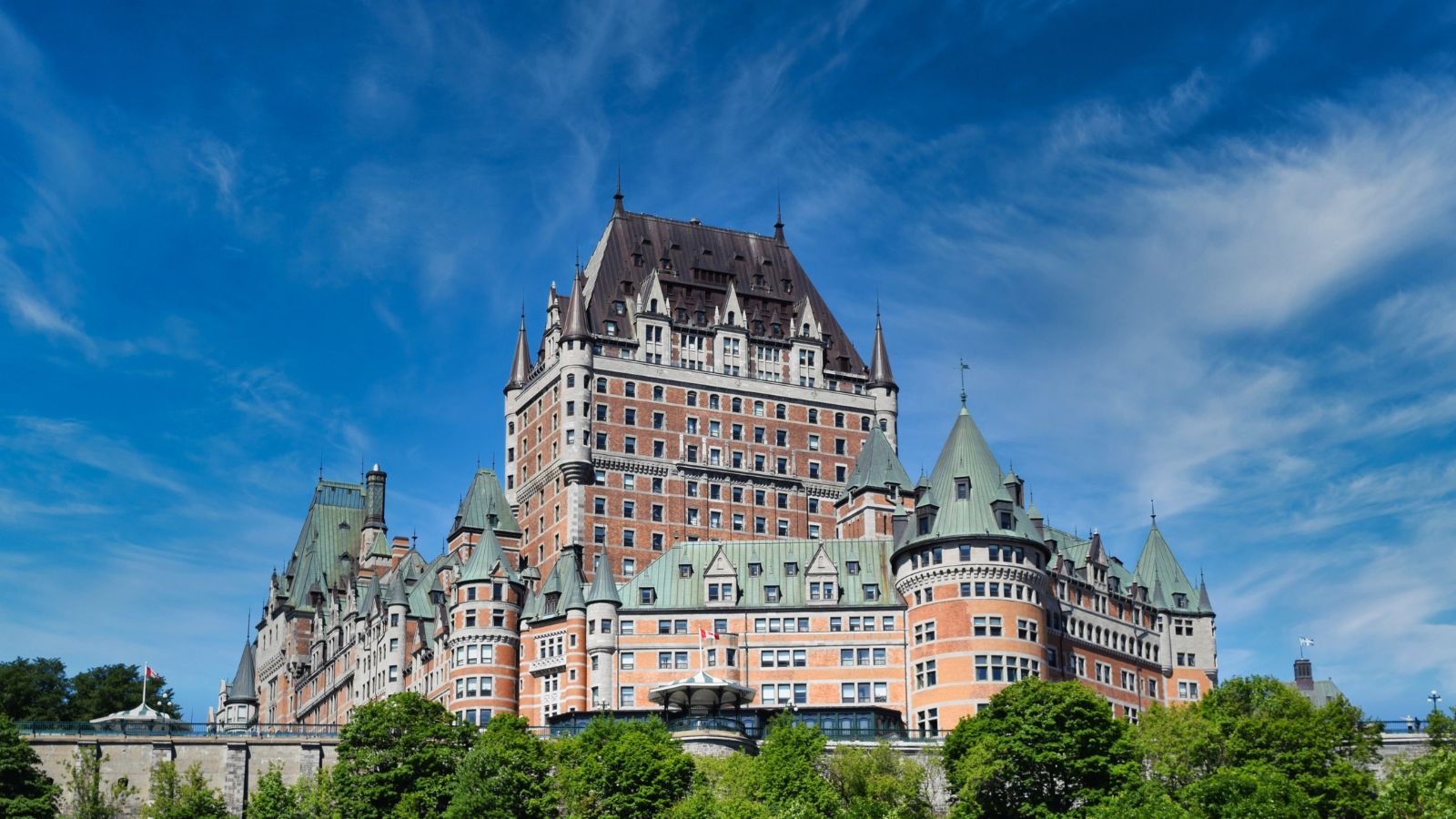
Boutique hotels in high-demand destinations like Tofino or Quebec City thrive on premium nightly rates, distinctive experiences, and loyal repeat customers. Unlike large chains, these properties stand out for their personal service and charm, allowing for higher margins. Strong branding and seasonal marketing can keep occupancy high year-round. As tourism in these regions grows, the property’s real estate value appreciates alongside operational revenue. Passed through generations, a well-managed boutique hotel can remain both a profitable business and a prized asset for decades.
Long-Term Leased Agricultural Greenhouses

Greenhouses producing year-round vegetables, flowers, or specialty crops like cannabis offer a controlled, weather-proof agricultural investment. Demand for fresh, locally grown produce is rising, making long-term supply contracts with major retailers highly valuable. Leasing these facilities to experienced growers provides predictable income while avoiding operational risks. The asset’s value grows as urban expansion reduces available agricultural land. Over time, these properties combine consistent rental revenue with strong appreciation, making them a practical and resilient component of generational wealth strategies.
Rail-Adjacent Land Holdings
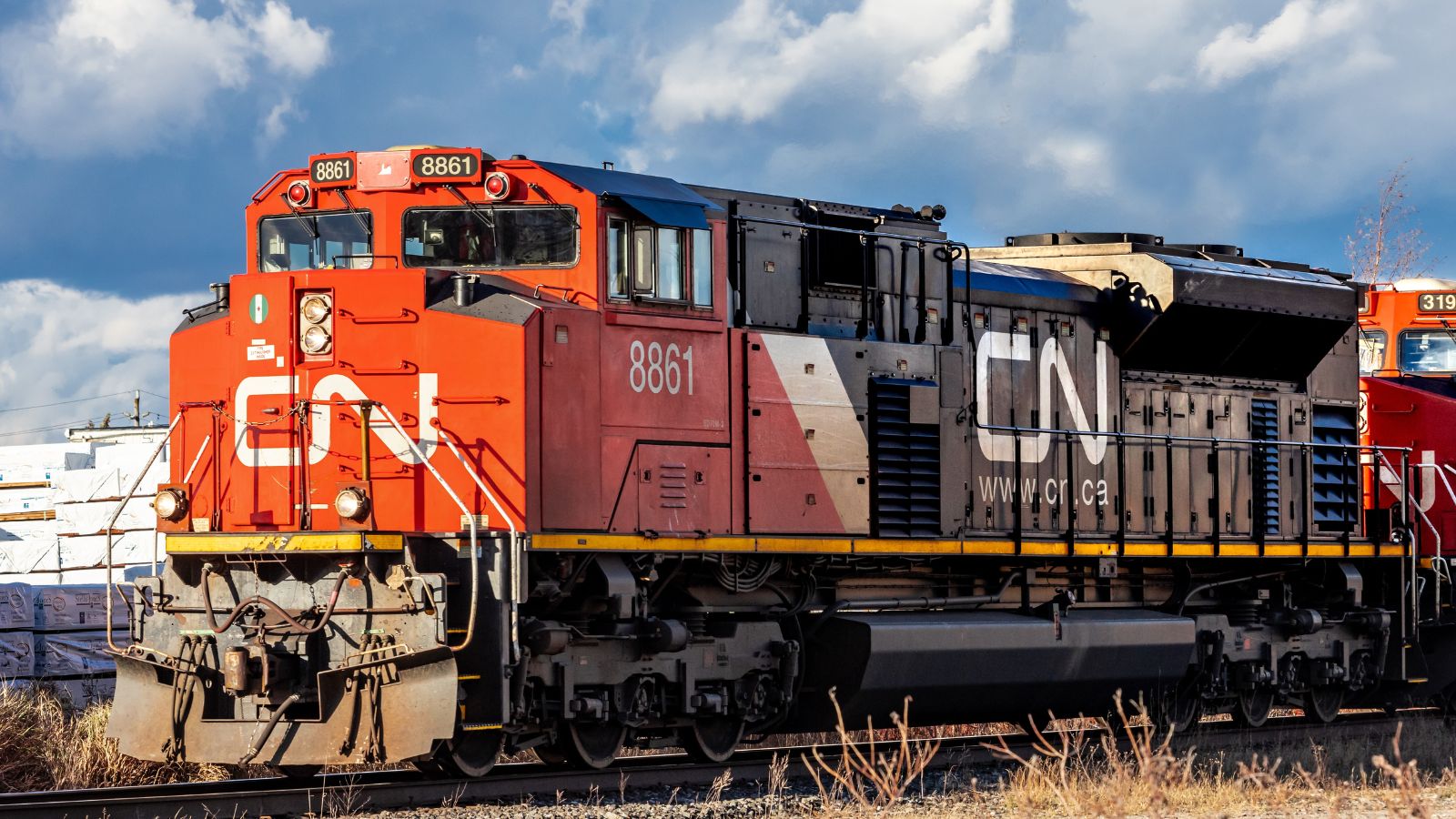
Strategically located land next to major rail corridors offers opportunities for industrial, storage, or transportation-related businesses. As freight volumes increase, demand for such land grows, particularly in provinces with major distribution hubs. Leasing to logistics operators or warehousing companies ensures steady income, while infrastructure improvements often trigger significant jumps in land value. Minimal upkeep makes this a low-maintenance investment. Holding these assets for decades allows owners to capture both ongoing revenue and substantial appreciation driven by the expansion of rail-based trade.
Data Centers and Server Facilities

The rise of cloud computing and data-heavy technologies has created surging demand for secure, well-connected data centers. Canada’s cooler climate reduces energy costs for cooling servers, while its political stability reassures international tech clients. Facilities near urban hubs can secure long-term leases with tech companies, providing predictable cash flow. Upgrades in fiber connectivity and energy efficiency further boost asset value. Over the years, data centers have evolved into essential infrastructure, making them a future-proof, high-value asset for intergenerational portfolios.
Medical Office Buildings in High-Demand Areas

Medical office buildings, particularly those near hospitals and urban centers, enjoy strong occupancy due to the essential nature of healthcare services. Leases are long-term, and tenants—such as clinics, labs, and specialist offices—tend to remain for many years. Stable rent collection, backed indirectly by government healthcare funding, adds security. As populations age, demand for healthcare facilities grows, increasing both rental income and property value. Over decades, such assets can serve as dependable wealth anchors, with minimal volatility compared to other commercial properties.
Vineyard Estates in the Okanagan and Niagara Regions
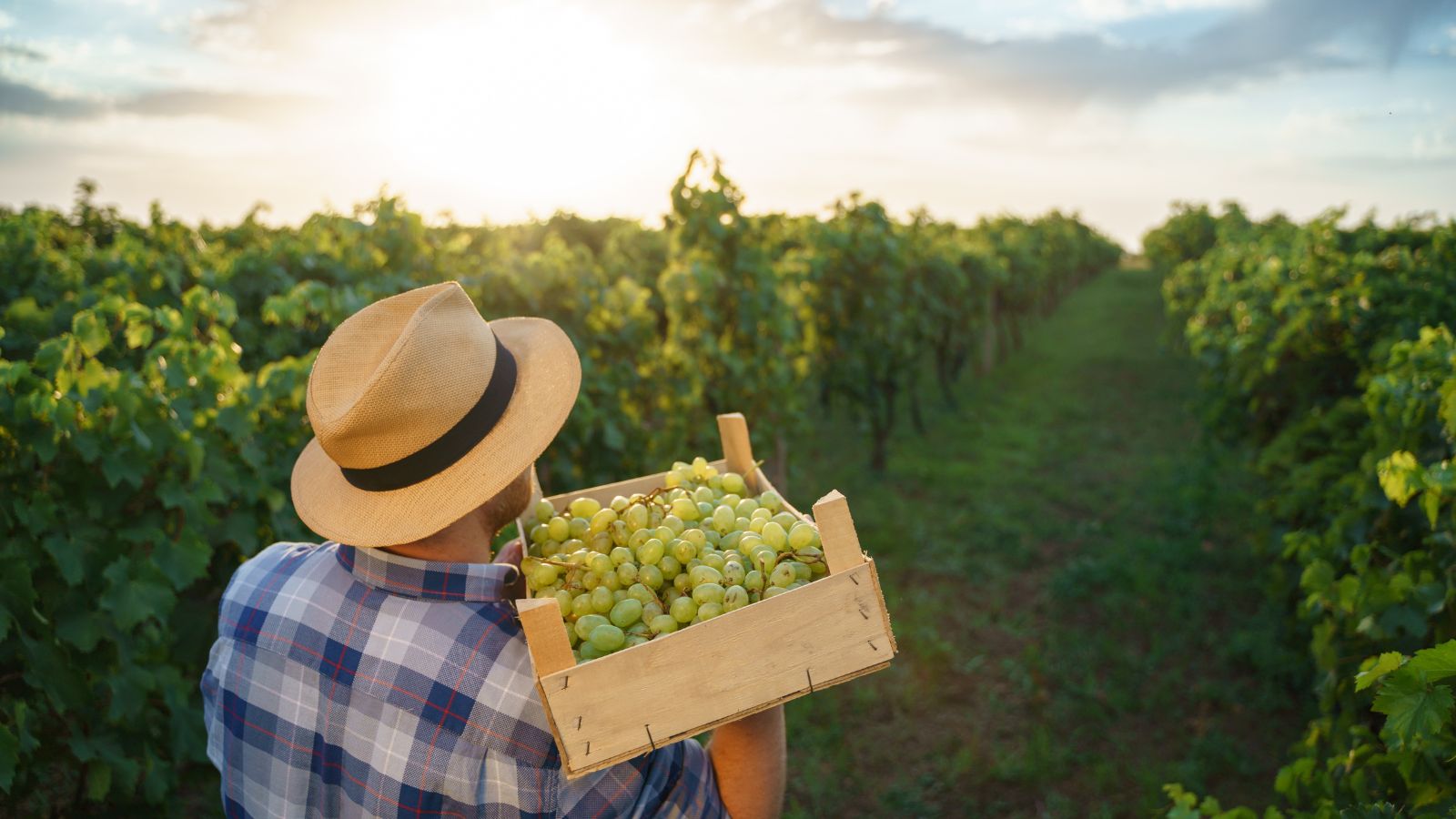
Owning a vineyard offers a blend of agricultural income, tourism appeal, and high-value real estate. The Okanagan and Niagara wine regions have gained international attention, driving both land and product value upward. Revenue streams include bottled wine sales, tastings, weddings, and events. Even without active wine production, vineyard land holds premium value for its location and beauty. Over generations, these estates not only retain but often multiply their worth, combining cultural prestige with diversified, long-term financial benefits for families.
Long-Term Government Infrastructure Contracts

Investments in public-private infrastructure partnerships offer consistent, inflation-protected income. Contracts for maintaining highways, bridges, or municipal buildings often run for 20–30 years, backed by reliable government payments. These projects face minimal default risk and can be structured to provide annual cash flows that fund other investments. Once operational, they require relatively low involvement from the investor. Over decades, such assets maintain their value while providing dependable income, making them an ideal addition to a diversified generational wealth portfolio.
Historic Building Restorations in Major Cities

Restoring heritage buildings in cities like Montreal or Victoria can create valuable, irreplaceable real estate. Tenants are often willing to pay premium rents for the unique character and central locations these properties offer. Grants and tax incentives for preservation can offset renovation costs. Over time, these buildings appreciate as scarcity increases, becoming cultural and financial assets for families. Passing down a restored historic property offers both prestige and reliable income, making it a distinctive pillar of long-term wealth.
Long-Term Timber and Carbon Credit Holdings

Forests managed for both timber harvesting and carbon credit generation provide diversified revenue streams. Timber sales align with global demand for sustainable materials, while carbon credits grow in value as environmental regulations tighten. These credits can be sold to companies seeking to offset emissions, creating recurring income without depleting forest resources. Sustainable management ensures the land remains productive for future generations. Over decades, the combination of appreciating land value and dual income sources makes this a highly resilient, environmentally conscious asset.
21 Products Canadians Should Stockpile Before Tariffs Hit

If trade tensions escalate between Canada and the U.S., everyday essentials can suddenly disappear or skyrocket in price. Products like pantry basics and tech must-haves that depend on are deeply tied to cross-border supply chains and are likely to face various kinds of disruptions
21 Products Canadians Should Stockpile Before Tariffs Hit
